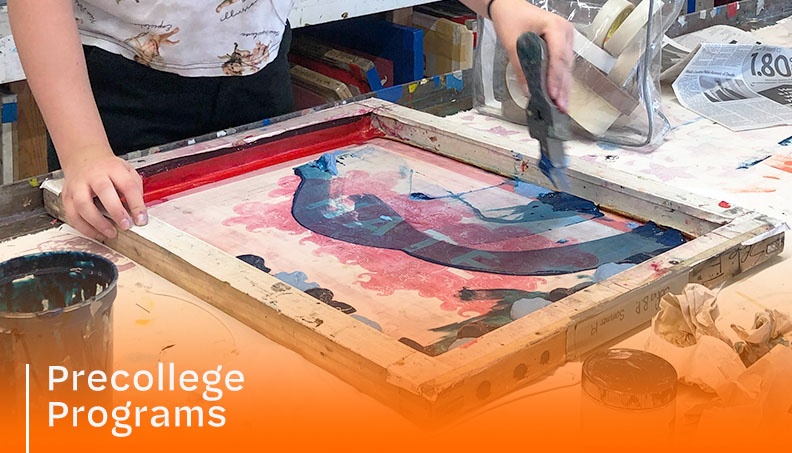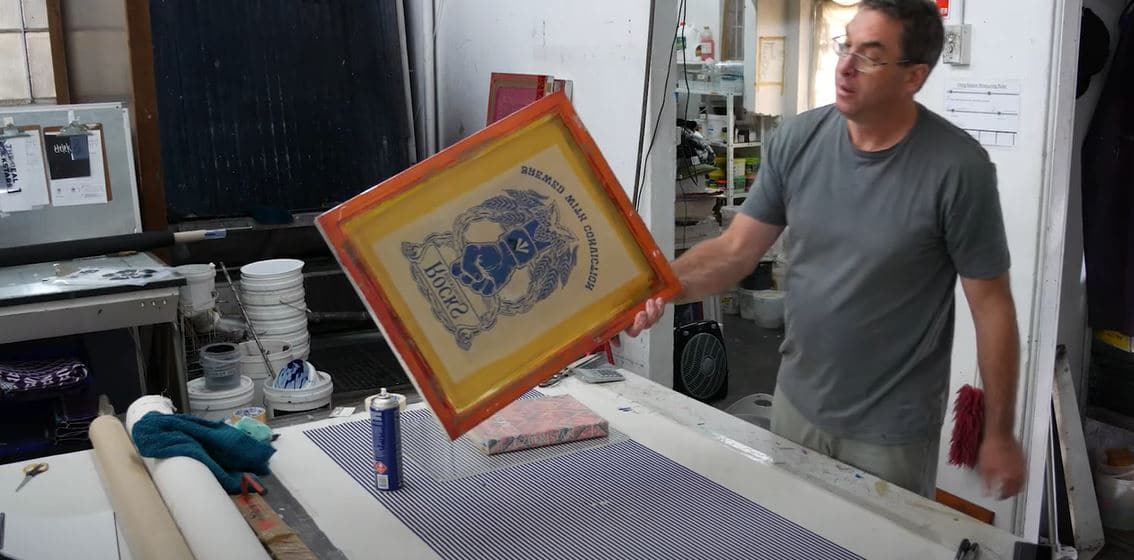ChatGPT said: 10:9 Design Screen Printing Texas: packages explained
The Vital Guide to Recognizing Screen Printing and Its Versatile Makes use of
Screen printing has an abundant background that goes back to ancient times, advancing into an innovative strategy made use of across various markets today. This overview checks out the intricacies of the screen printing procedure, detailing its applications in home, marketing, and fashion style - 10:9 Design Screen Printing. Recognizing these basics can open up innovative potential for both artistic and industrial tasks. The following sections will expose essential tips and techniques to boost one's screen printing ventures
The Background of Screen Printing
Although screen printing has roots that map back centuries, its advancement reflects the artistic and technological innovations of different cultures. Originating in ancient China, the method was at first made use of for enhancing fabrics and later spread to Japan, where it became indispensable to Ukiyo-e woodblock printing. The method shifted to Europe in the 18th century, where it obtained appeal among artisans and business printers. The invention of image solution in the 20th century revolutionized screen printing, enabling more elaborate designs and higher performance. Artists like Andy Warhol additionally thrust its appeal, utilizing the tool to produce legendary works that mixed commercialism and art. By the late 20th century, screen printing had developed itself as a flexible technique, used in vogue, marketing, and great art. Today, it proceeds to progress, integrating digital technology and broadening its applications throughout different industries.
The Screen Printing Refine Explained
Screen printing changes creative visions right into substantial styles with a collection of accurate actions. Initially, a picture is created and then moved onto a screen, normally made of fine mesh textile extended over a structure. A light-sensitive solution is used to the screen, which is exposed to light, setting in locations not covered by the photo. After cleaning out the unhardened emulsion, a pattern is developed.
Next, the screen is positioned over the substratum, whether it be material, paper, or an additional product. Ink is then pressed with the open areas of the stencil utilizing a squeegee, depositing the design onto the substrate below. This procedure can be duplicated for several shades, calling for separate displays for every color. The published item is healed using warm to assure the ink adheres effectively, resulting in a sturdy, vivid design all set for use.
Types of Screen Printing Techniques

Furthermore, specialty strategies, such as discharge screen printing, eliminate color from the fabric to produce softer prints, while foil screen printing applies metallic foil to attain a glossy coating (10:9 Design LLC Company). Each strategy offers distinct features, dealing with numerous creative requirements and manufacturing ranges, eventually increasing the possibilities within the screen printing domain
Applications of Screen Printing in Various Industries

In addition, the signage and marketing industries utilize screen printing for developing distinctive display screens and banners. This approach enables strong colors and complex designs that catch attention. In electronic devices, screen printing is utilized for applying conductive inks to circuit boards, crucial for part links. The home decoration market accepts screen printing to produce unique layouts on fabrics and wall surface art. In general, screen printing works as a vital device throughout varied areas, enhancing from this source items with personalized and visually enticing graphics.
Tips for Successful Screen Printing Projects
While carrying out a screen printing task, careful focus to detail can substantially enhance the last result. Initially, picking top quality products is crucial; this includes the screen, inks, and substratums. Utilizing suitable mesh counts can influence ink deposition and information resolution. Prep work is similarly vital; extensive cleansing of displays and proper exposure times guarantee crisp prints.
Next, exact enrollment is important for multi-color prints. Utilizing positioning tools can assist achieve exact layering. In addition, testing prints on scrap products prior to manufacturing assists identify potential concerns without throwing away sources.

Frequently Asked Inquiries
What Products Are Best for Screen Printing on Material?
Cotton and polyester blends are ideal for screen printing on fabric due to their toughness and ink absorption. Additionally, specialty textiles like silk or canvas can create one-of-a-kind textures and surfaces, improving the overall style top quality.
Exactly how Do I Tidy and Maintain Screen Printing Tools?
To cleanse and preserve screen printing devices, one should routinely wash screens with suitable solvents, examine squeegees for wear, oil relocating components, and store all items in a dry, dust-free setting to prolong their life expectancy.
What Are the Environmental Effects of Screen Printing?
Screen printing can have significant environmental influences, consisting of chemical waste from solvents and inks, water use throughout cleaning procedures, and energy consumption. Sustainable practices and eco-friendly products are essential for minimizing these unfavorable results.
Can Screen Printing Be Done in your home Efficiently?
Screen printing can be effectively done at home with the appropriate materials and methods. Enthusiasts can develop high quality prints, though success depends on their skill level, tools, and understanding of the procedure entailed.
What Are the Prices Associated With Starting a Screen Printing Company?

Starting a screen printing service entails costs for tools, products, and work space. Preliminary costs commonly vary from a few hundred to numerous thousand bucks, depending upon the scale, high quality of equipment, and preferred manufacturing ability.
Screen printing has an abundant history that dates back to old times, developing into an advanced strategy made use of throughout numerous industries today. Another technique, rotating screen printing, utilizes round displays, assisting his comment is here in continual printing on material rolls, thus improving effectiveness for large manufacturings. In addition, specialized techniques, such as discharge screen printing, remove color from the fabric to develop softer prints, while aluminum foil screen printing uses metal aluminum foil to attain a shiny finish. In the style field, screen printing is extensively made use of to create vivid designs on apparel, enabling brand names to showcase their distinct designs. Cotton and polyester blends are perfect for screen printing on fabric due to their resilience and ink absorption.